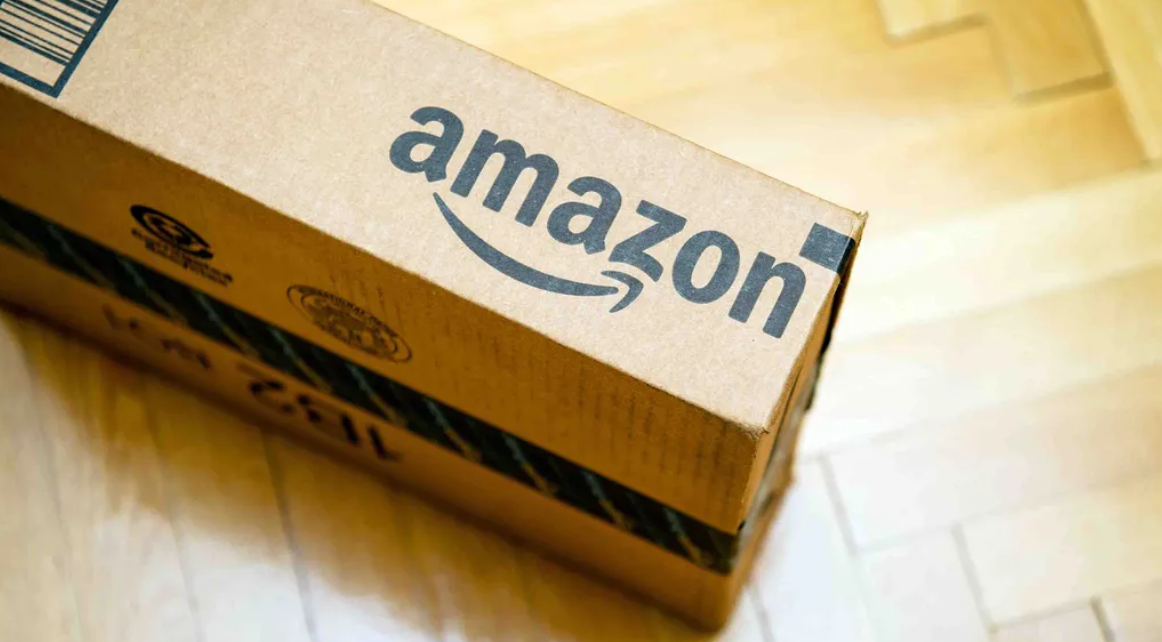Twenty years ago, in the year 2001, Amazon was a budding online bookstore, still finding its footing in the world of e-commerce. Fast forward to 2021, and Amazon has become a global tech and retail giant. In this article, we’ll explore what a $1,000 investment in Amazon stock in 2001 would look like today.
The Early 2000s: Amazon’s Modest Beginnings
In 2001, Amazon was far from the e-commerce powerhouse it is today. The company, founded by Jeff Bezos in 1994, had recently expanded its offerings beyond books to include a variety of products. In January 2001, Amazon’s stock price was around $10 per share.
The Dot-Com Boom and Bust: Challenges and Opportunities
The early 2000s were marked by the dot-com bubble burst, and many internet-based companies struggled. Amazon faced its share of challenges but remained resilient and innovative. Throughout the decade, it introduced services like Amazon Prime and expanded its product offerings.
The Kindle and Cloud Computing: Pioneering New Frontiers
In 2007, Amazon launched the Kindle e-reader, revolutionizing the way we read books. Additionally, Amazon Web Services (AWS) was introduced, becoming a leader in the cloud computing industry. These ventures helped diversify Amazon’s revenue streams.
Amazon Prime and Beyond: The 2010s
The 2010s marked substantial growth for Amazon. The introduction of Amazon Prime, a subscription service that includes free shipping, streaming, and more, was a game-changer. The acquisition of Whole Foods in 2017 demonstrated Amazon’s interest in expanding into the grocery industry.
2021: The Amazon Stock Today
In 2021, Amazon’s stock was trading at approximately $3,350 per share. If you had invested $1,000 in Amazon in 2001 at $10 per share, you would have had 100 shares. At $3,350 per share in 2021, your investment would be worth about $335,000.
Diversification and Long-Term Investing
While Amazon’s growth story is remarkable, it’s essential to remember that not all investments will follow a similar trajectory. Diversifying your investment portfolio across various asset classes and industries can help manage risk.
The Power of Innovation and Adaptation
Amazon’s journey is a testament to the power of innovation and adaptation. The company continuously evolved and explored new avenues, from e-commerce and cloud computing to entertainment and artificial intelligence. This adaptability allowed Amazon to thrive in a rapidly changing tech and retail landscape.
Conclusion: Lessons from Amazon’s Success
Amazon’s stock performance over the past two decades demonstrates the potential rewards of long-term investing in innovative and adaptable companies. However, investing always carries risks, and past performance is not indicative of future results. Before making investment decisions, it’s advisable to conduct thorough research, define your financial goals, and assess your risk tolerance. While Amazon’s story is exceptional, the investment landscape is dynamic and ever-evolving, offering new opportunities and challenges for investors to navigate.


























